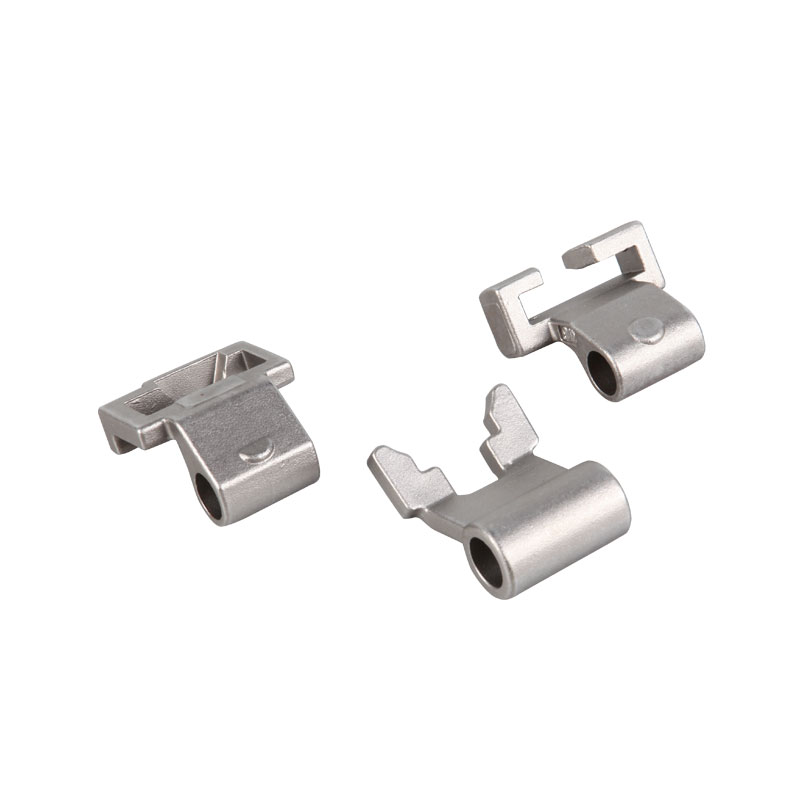The investment casting process is a metalworking techni […]
The investment casting process is a metalworking technique that creates precise parts without the use of machining. It is used to manufacture a wide range of products, from complex turbine blades to specialized firearm components.
The process begins with a wax pattern that is dipped into a ceramic slurry and covered with sand stucco to form a shell. The void left behind by the wax pattern is filled with an alloy to make a precise cast part.
To achieve a net shape, the mold must be created using high-quality metals. Steels and other alloys made of iron, aluminum, nickel, copper, cobalt, and titanium are common materials for investment casting.
Carbon steel is a popular choice for investment casting since it has excellent strength, durability, and toughness. It is also highly ductile, which makes it suitable for forming into intricate shapes and structures.
Stainless steel is another commonly used material for investment casting. It is highly resistant to corrosion and can withstand high temperatures, which are ideal for applications that need superior thermal performance.
Titanium is another alloy that is often used in investment casting because it has the tensile strength to withstand cracking. It is a good choice for many metalworking applications, including golf club heads and marine components.
The investment casting process can be used to produce precision parts with tight tolerances and dimensional accuracy. It is a sustainable method that minimizes waste and costs by reusing patterns, wax, and runners from previous runs.




